Wenhan Lu
PhD student

PhD student

PhD student
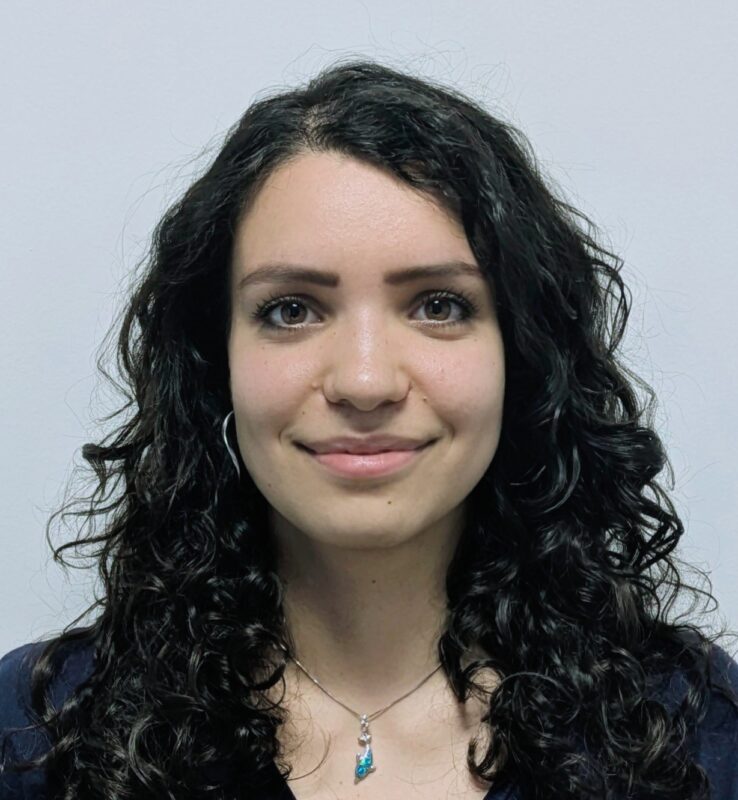
PhD student
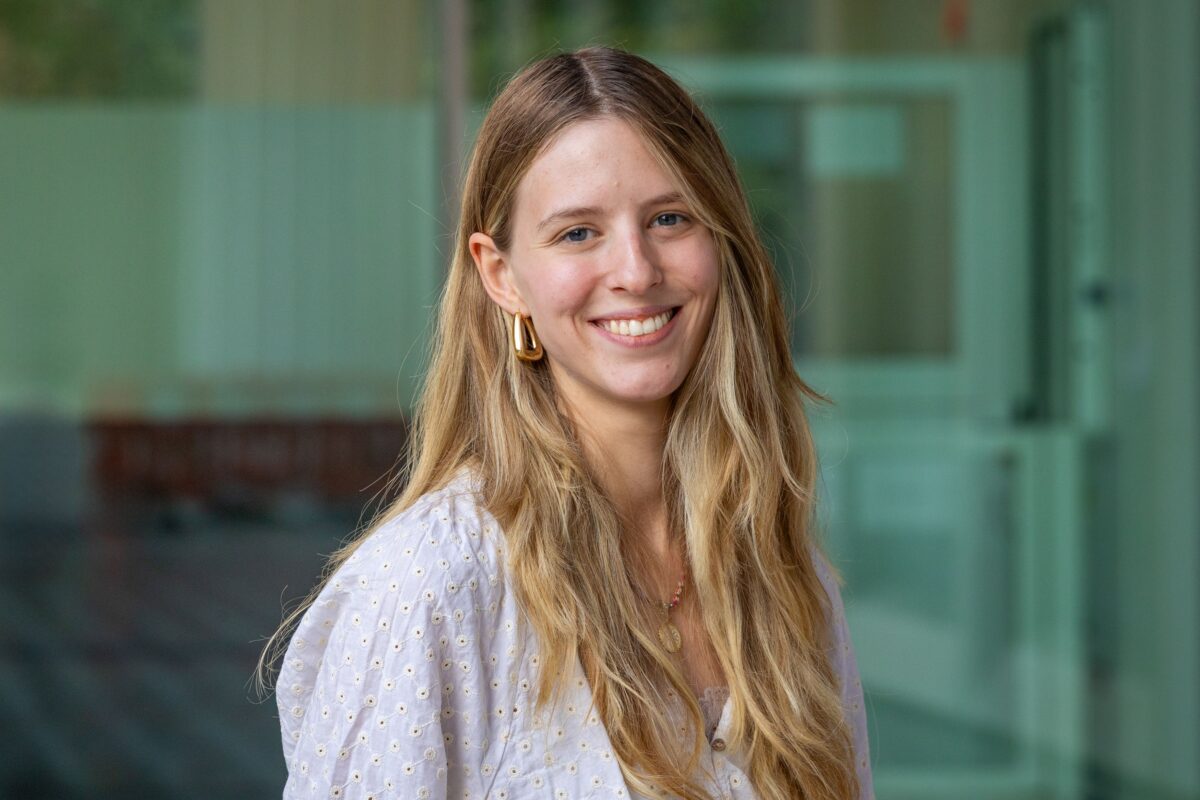
PhD student

PhD student

PhD student
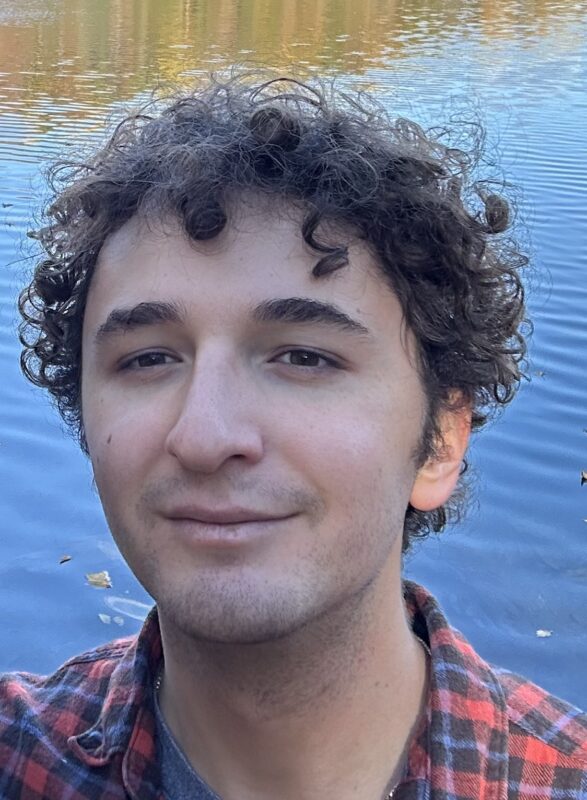
PhD student

PhD student

PhD student

Use FLAMES to prioritise genes based on GWAS summary statistics
Postdoctoral researcher
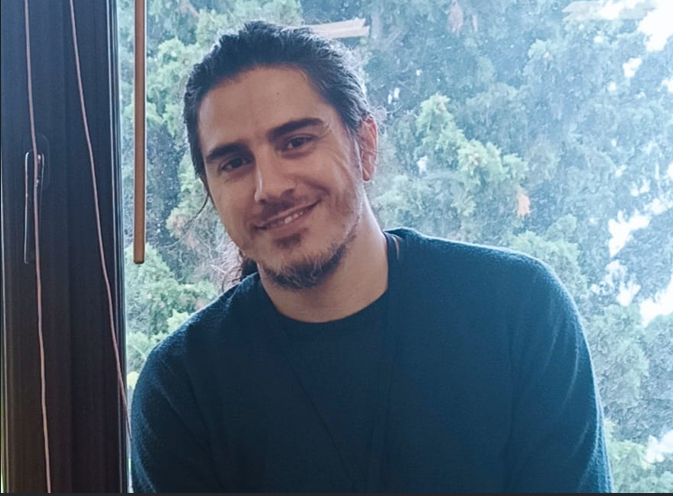
PhD student
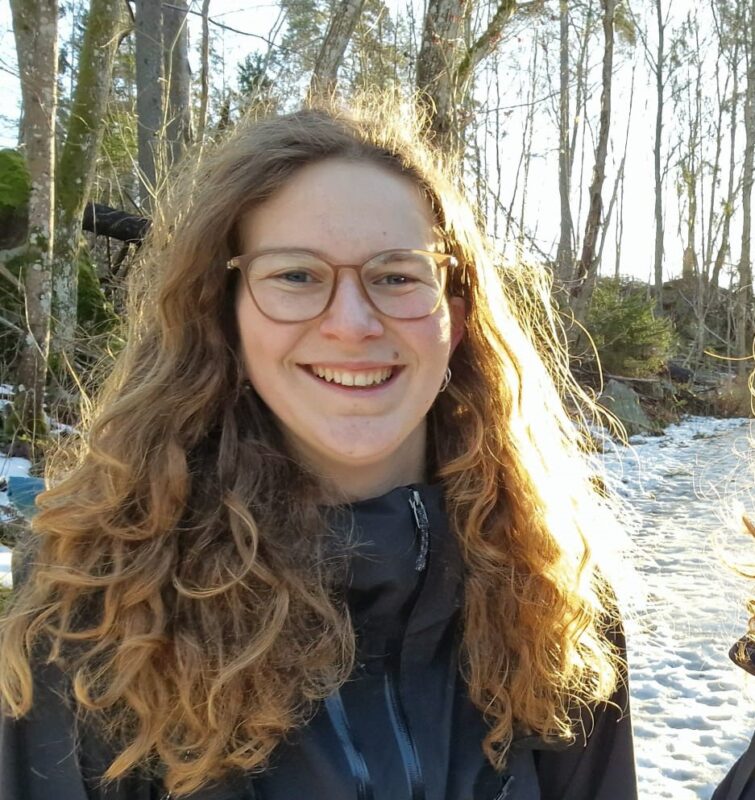
PhD student

Associate Professor
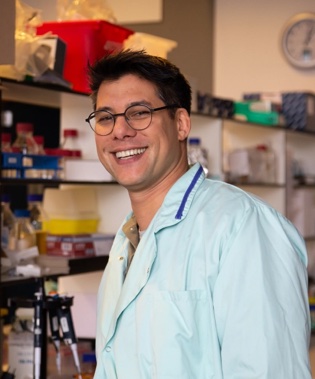
PhD student
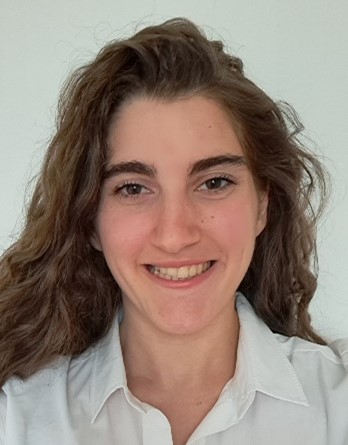
Postdoctoral researcher
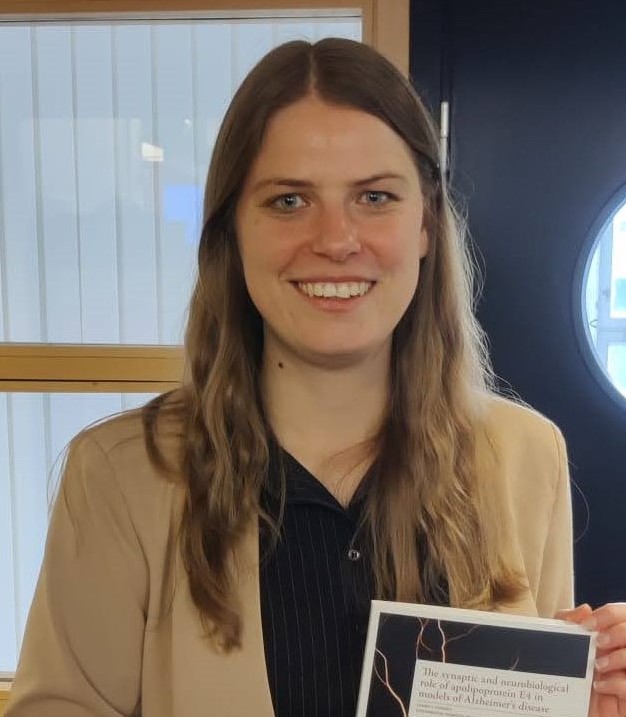
Technician
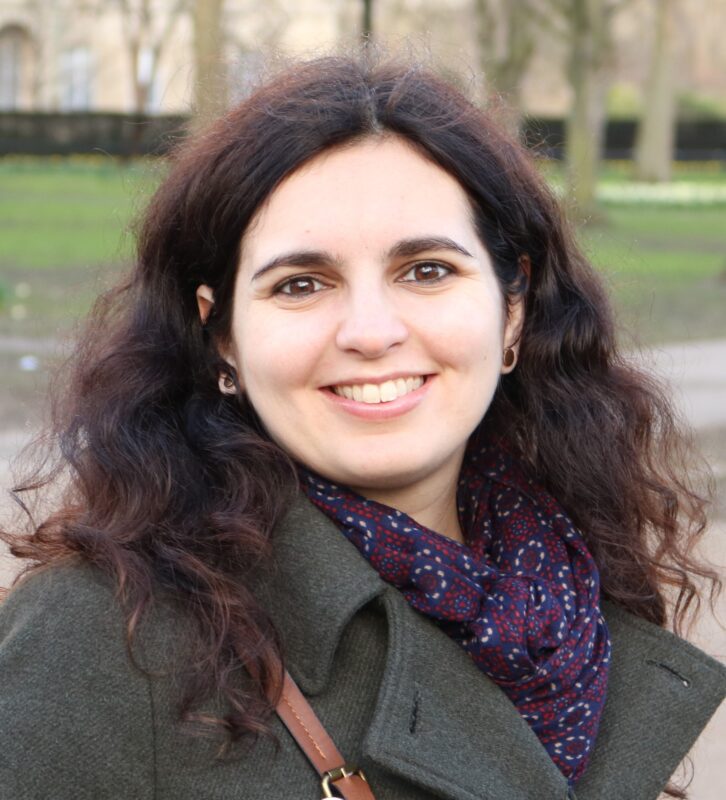
PhD student
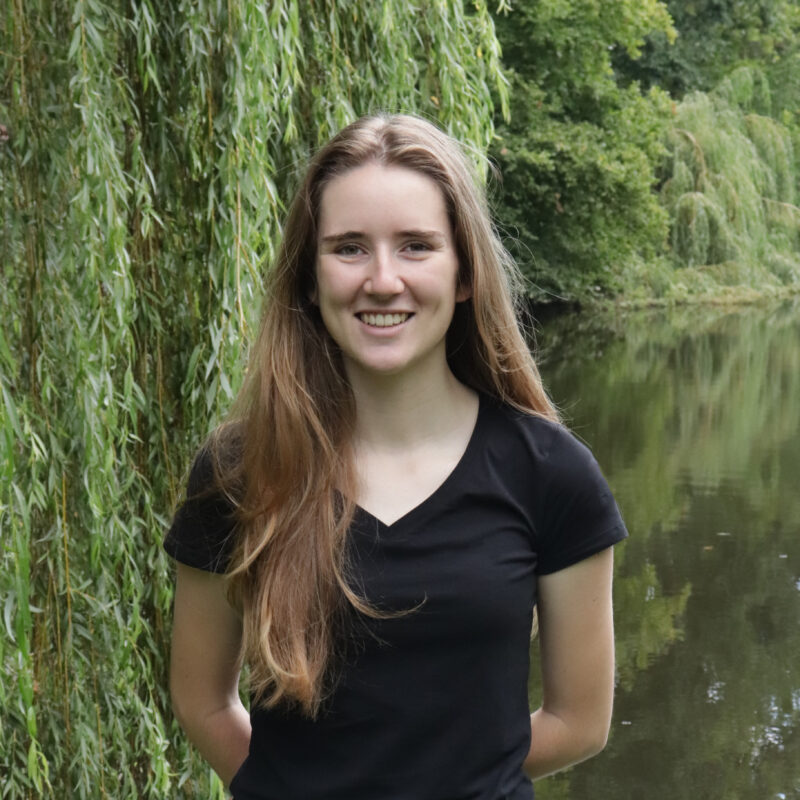
Technician

PhD student
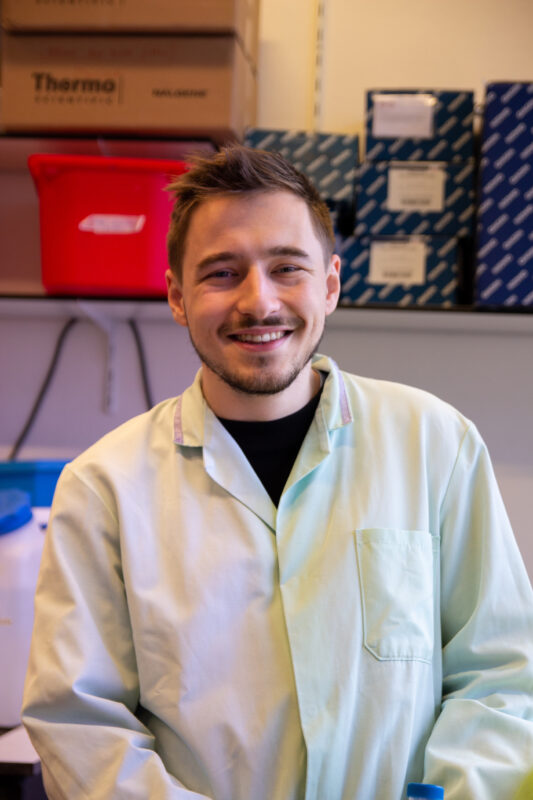
PhD student

PhD student
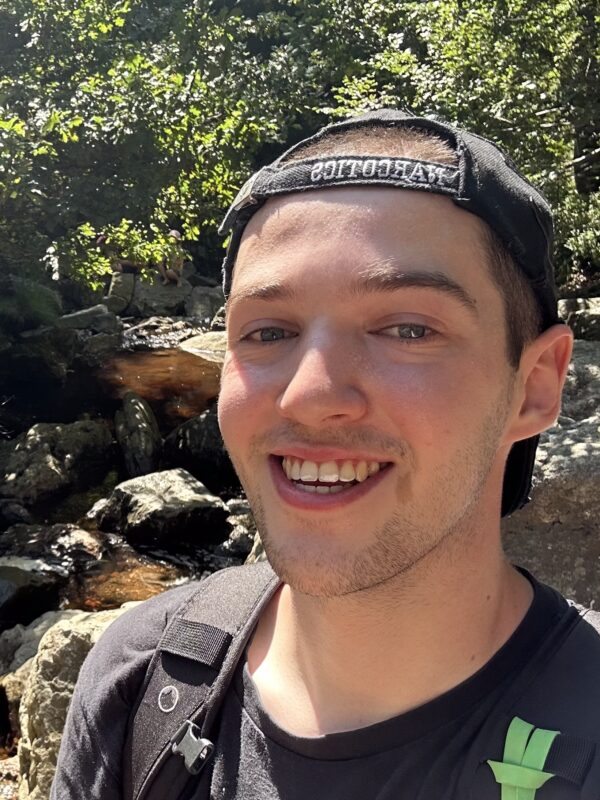
PhD student
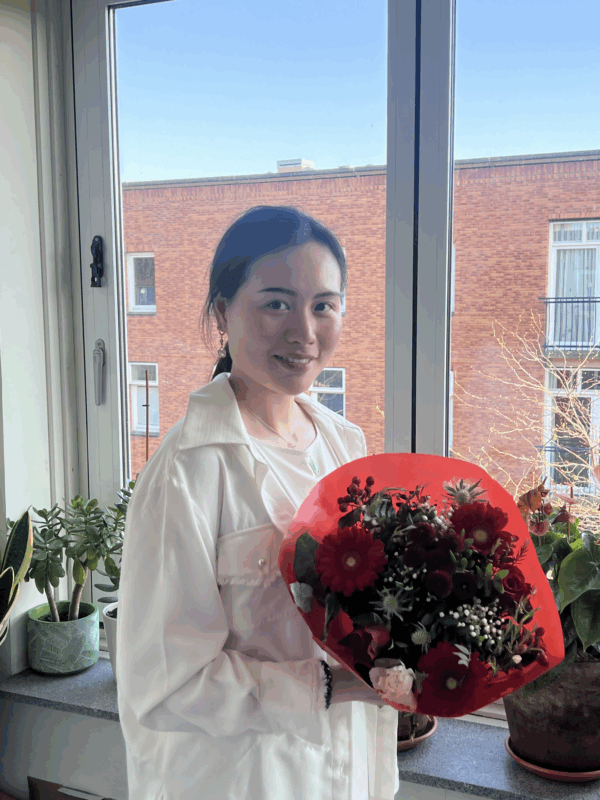
Technician
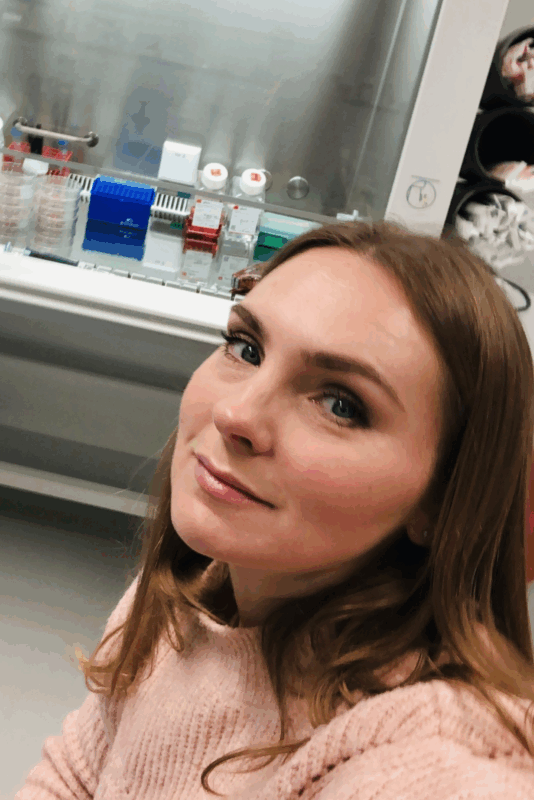
Management Support

PhD student

PhD student
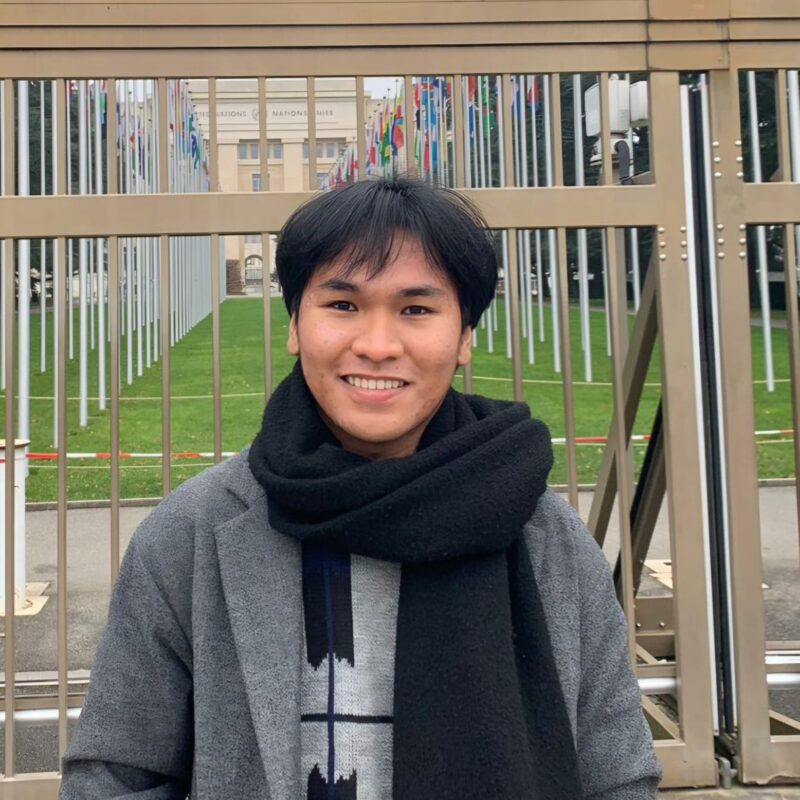
PhD student

Senior researcher

PhD student

Technician
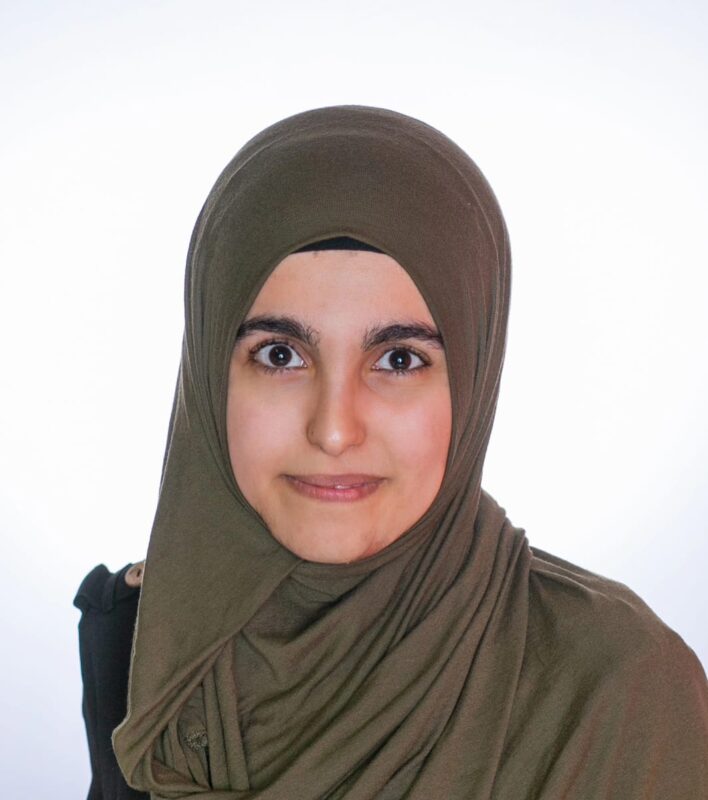
PhD student
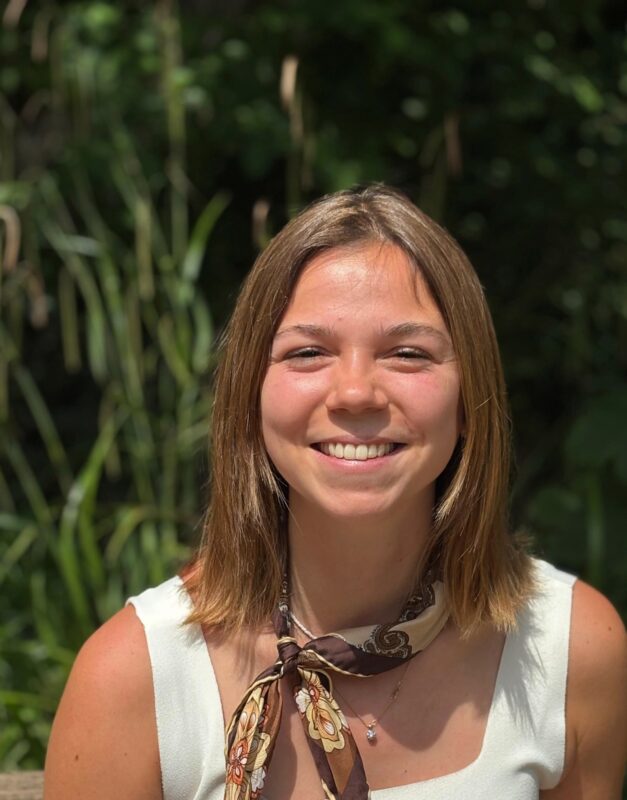
PhD student

Postdoctoral researcher
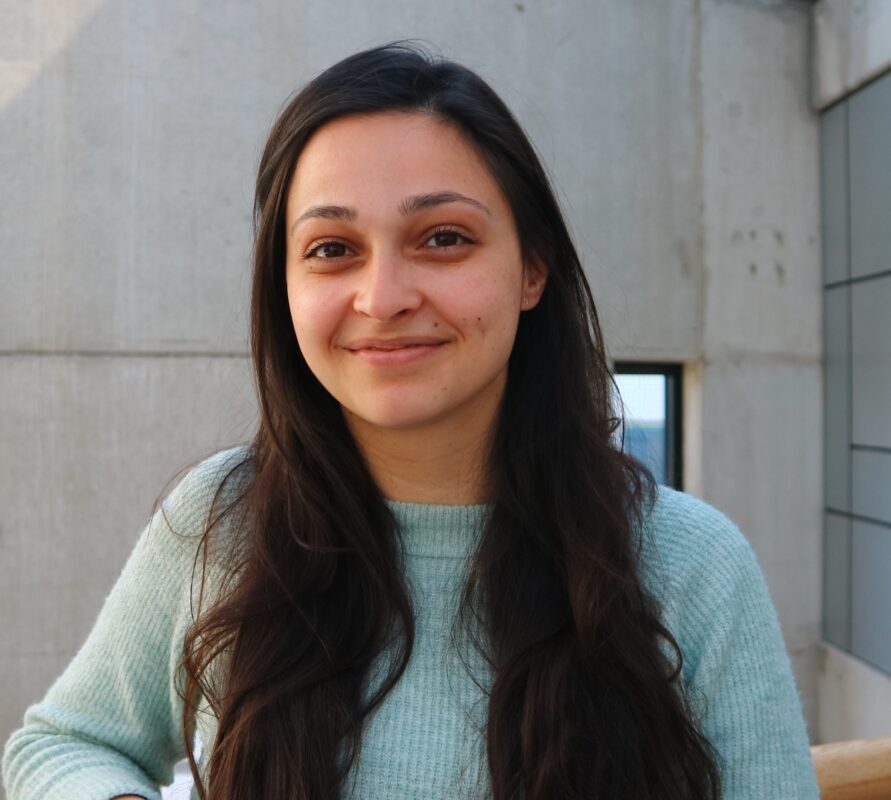
PhD student

PhD student
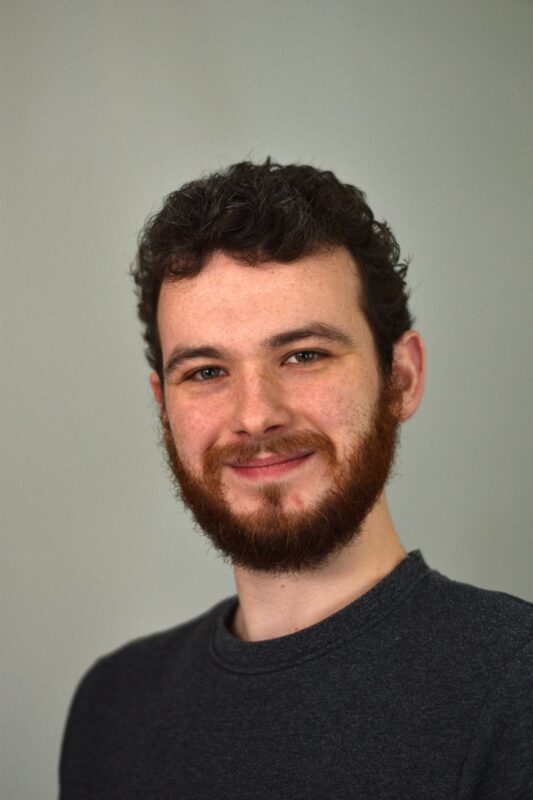
PhD student

PhD student

PhD student
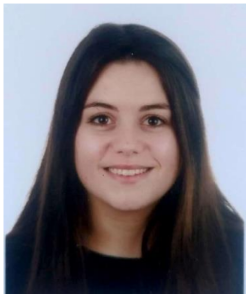
PhD student

PhD student
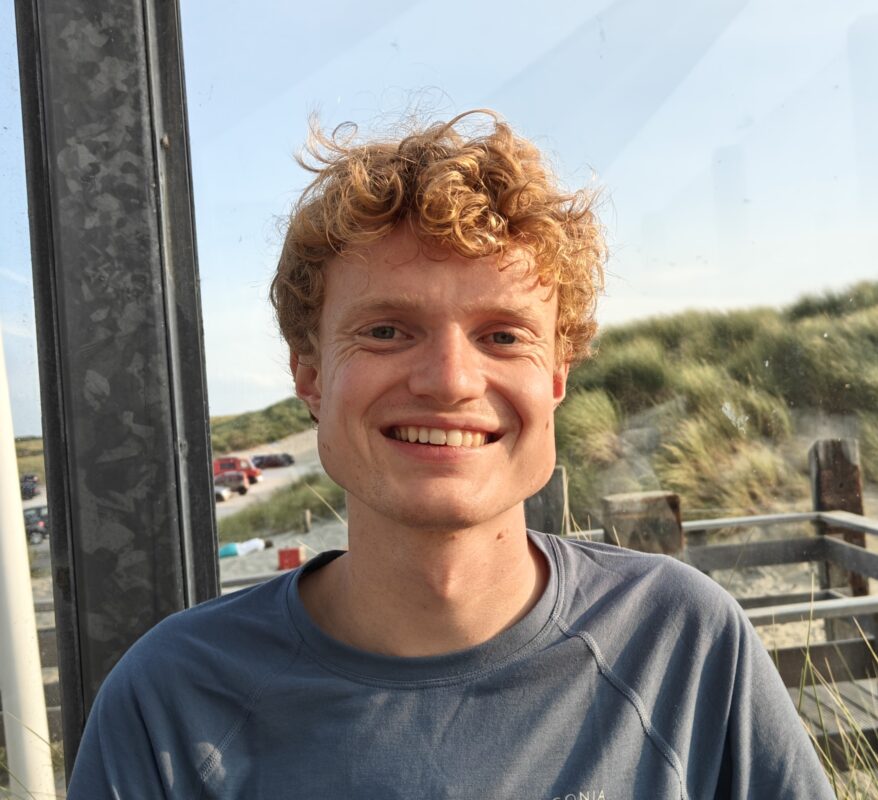
PhD student

PhD student

PhD student

PhD student

Complex behaviors that arise in response to stimulus-rich and demanding environments require the coordinated function of different brain circuits at distinct time-scales, to maintain high-order cognitive functions, such as attention, learning, memory and decision-making. Our main goal is to identify the neuromodulatory forces that mediate these processes, highlighting maladaptations that lead to aberrant cognition.
Assistant Professor

PhD student
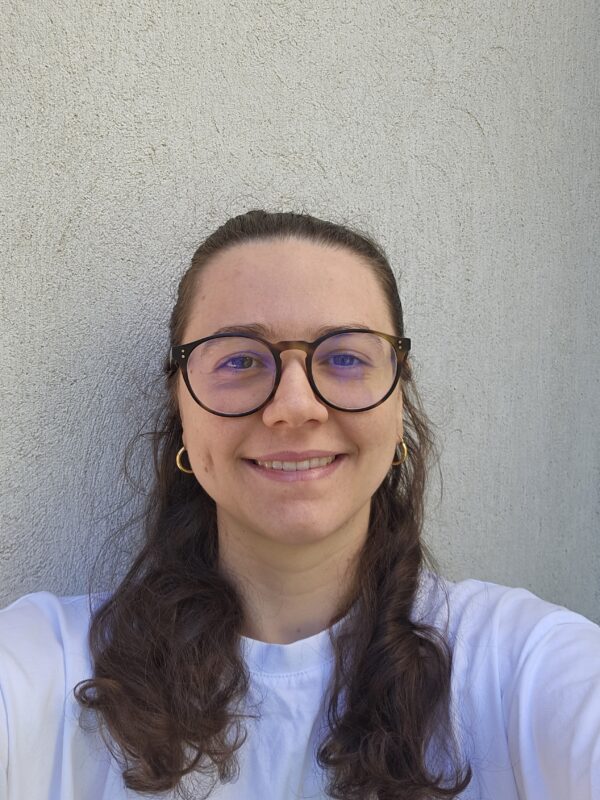
Technician

The Neurospector team is dedicated to valorizing scientific knowledge. We aim to accelerate drug development for brain disorders by using predictive human neuron cell models and scalable live microscopy read-outs of neuronal activity.
PhD student
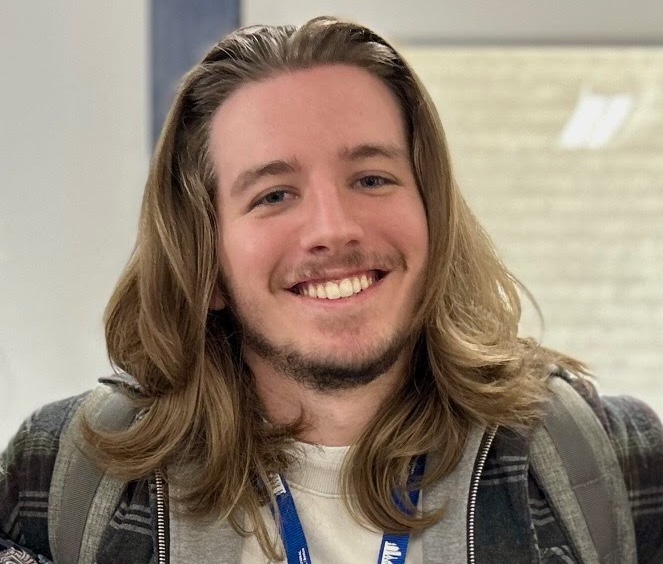
PhD student

PhD student
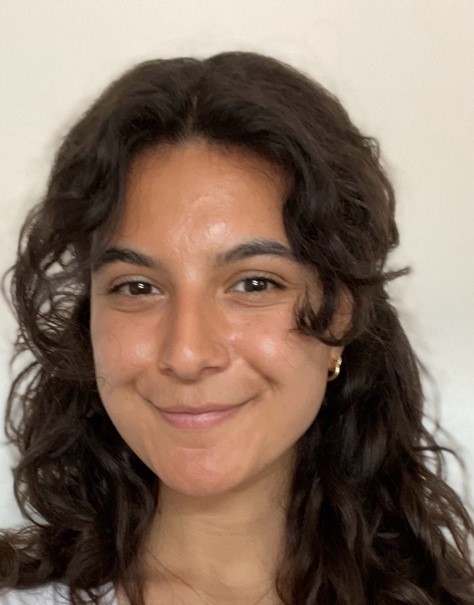
Technician
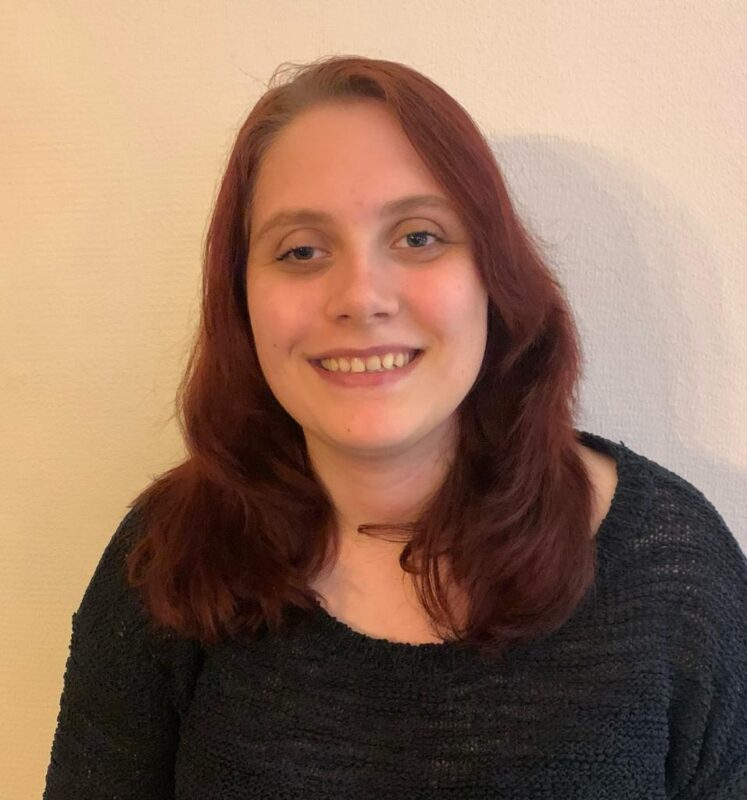
PhD student
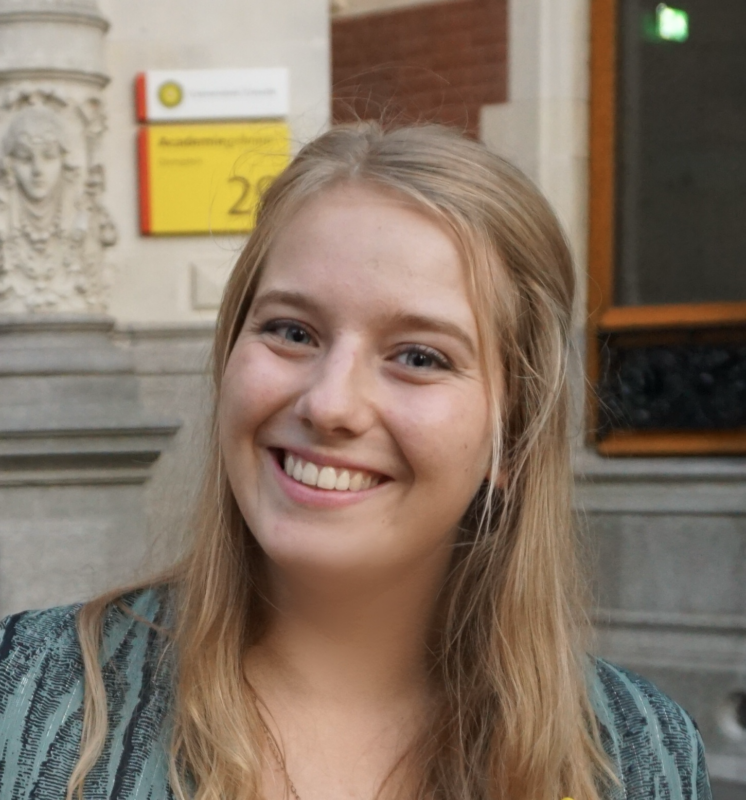

Synaptic function is tailored for processing distinct types of information in different circuits. The aim of our research is to understand the molecular processes that establish synapse-type-specific functional diversity and plasticity in neuronal networks. Our lab uses a combination of molecular and genetic tools, together with electrophysiology and high-resolution imaging approaches, to study how specializations in synaptic composition influence synaptic transmission properties to drive network function. We are interested in the dynamic molecular interactions that fine-tune synapse organization in different subcellular regions and brain regions, across neurodevelopment and plasticity, and in brain disorders associated with synapse dysfunction.
PhD student

Assistant Professor
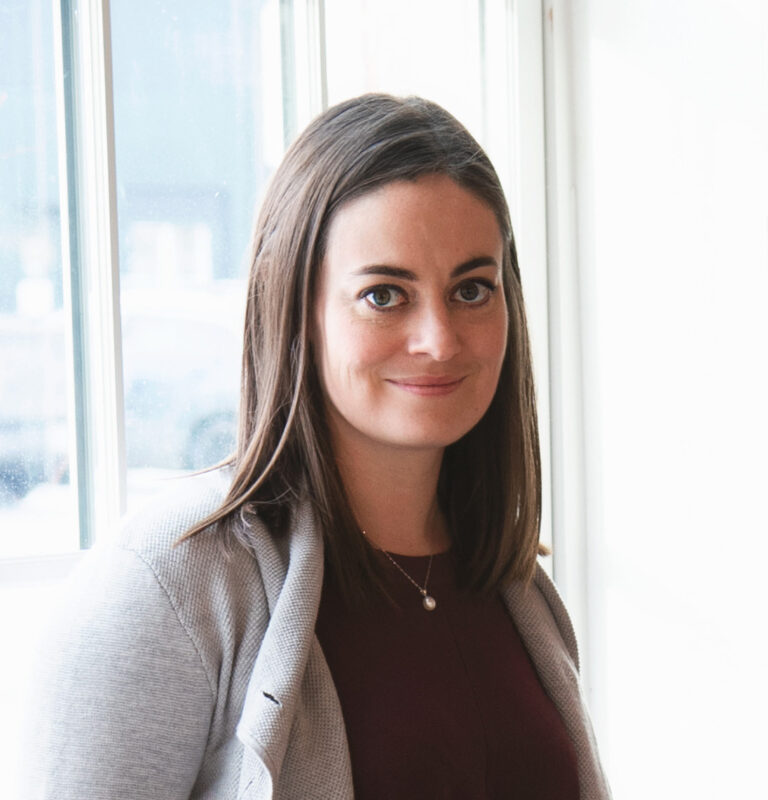
Full Professor
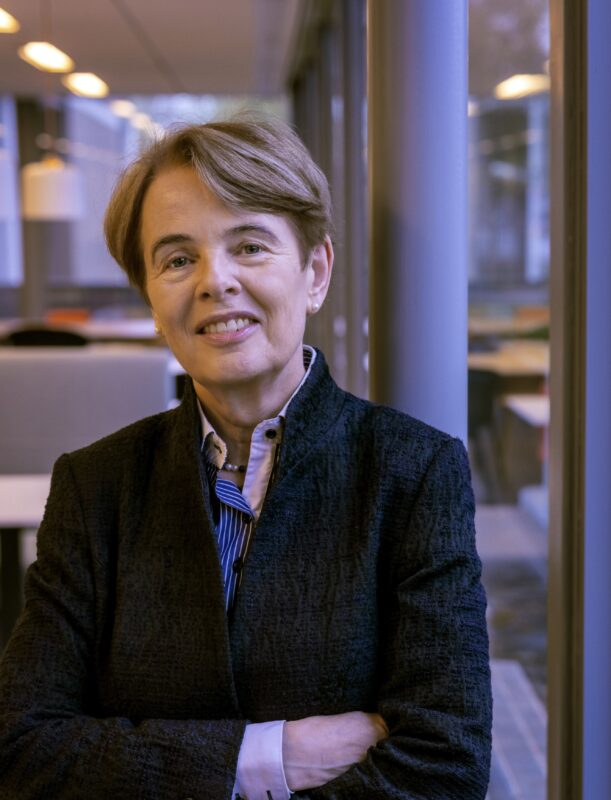
PhD student
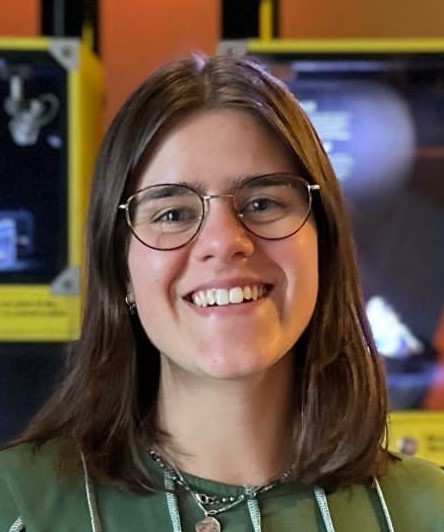
PhD student
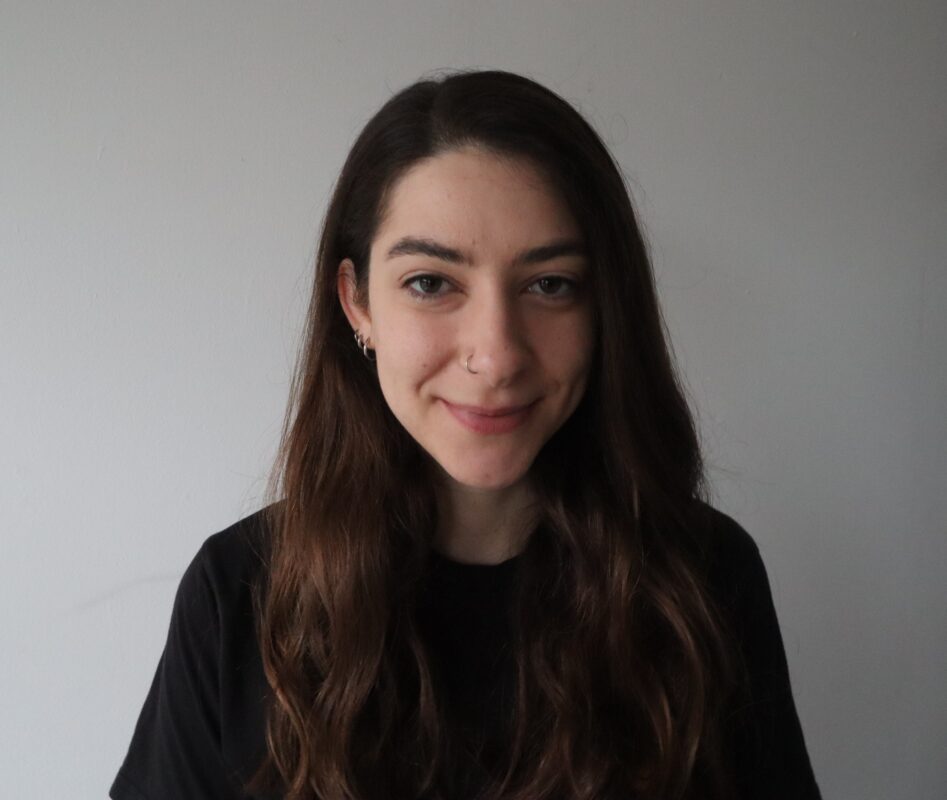
PhD student
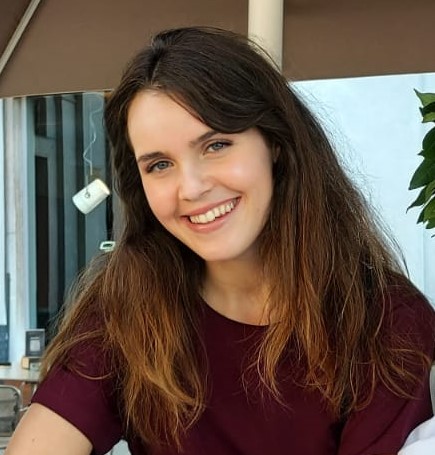
PhD student
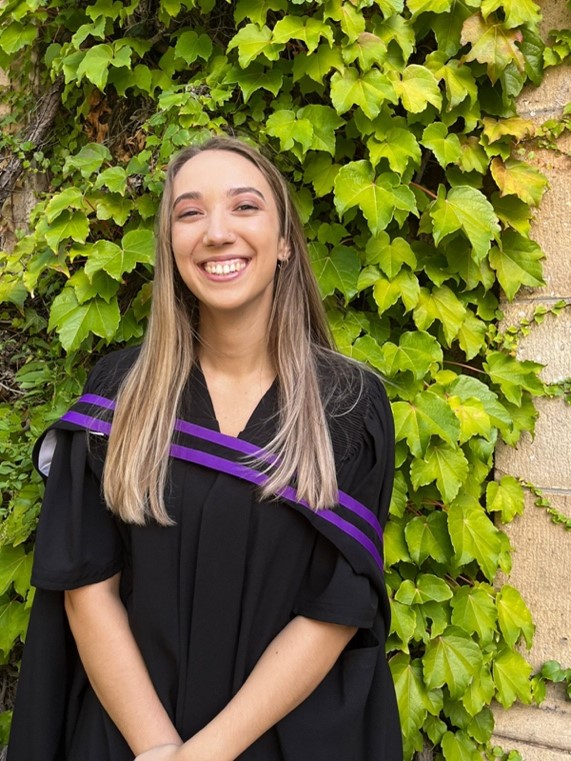
PhD student

Clinician

Clinician

Clinician
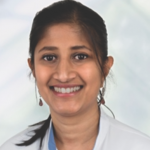
Clinician

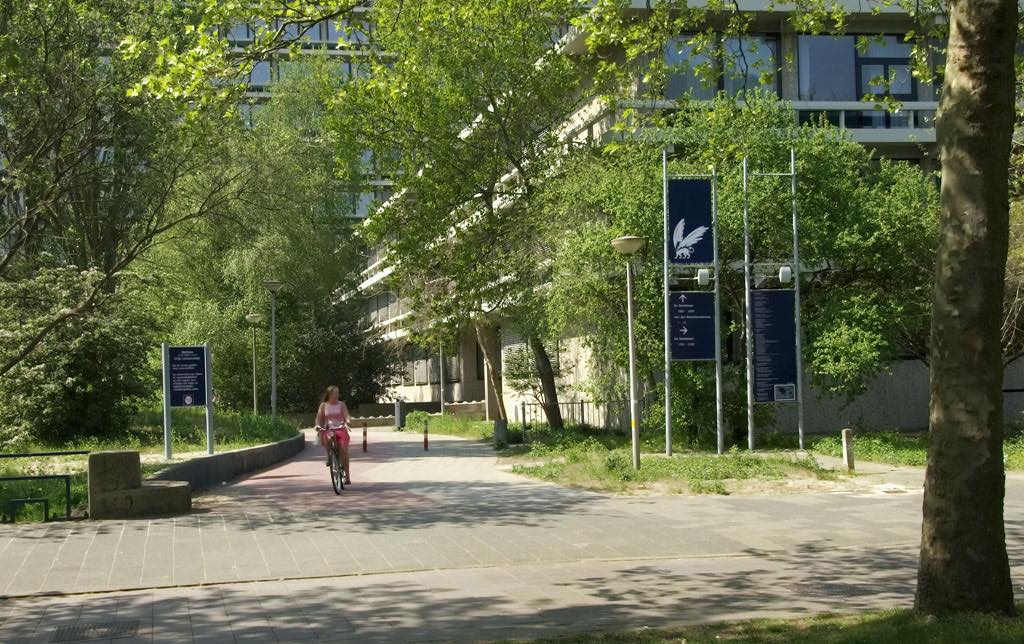
PhD student
Postdoctoral researcher
PhD student
PhD student
Technician
Postdoctoral researcher
PhD student
PhD student
Technician
PhD student
PhD student
PhD student
PhD student
PhD student
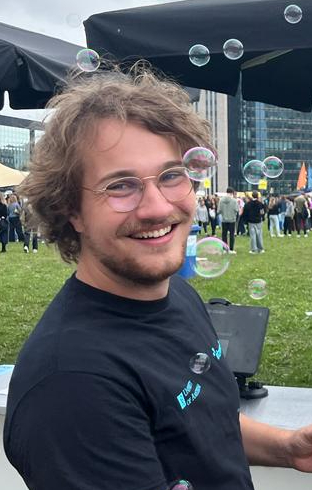
PhD student
PhD student
PhD student
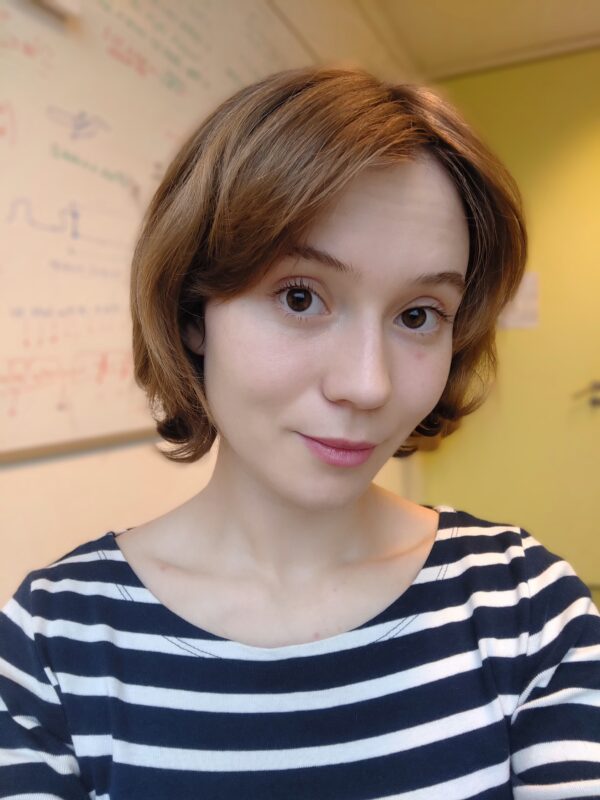
Associate Professor
Project Manager
Postdoctoral researcher
PhD student
PhD student
PhD student
PhD student
Management Support
Postdoctoral researcher
University Research Fellow
PhD student
PhD student
Postdoctoral researcher
PhD student
PhD student
PhD student
Postdoctoral researcher
My group uses screening technology to identify novel, targetable disease mechanisms and biomarkers for neurological disorders. We have set-up genome-wide CRISPR-based screening approaches and use these in combination with cellular model systems to: 1) understand the function of unstudied proteins highly abundant in neurodegenerative disorders, 2) uncover novel disease mechanisms, and 3) identify how disease-related processes in brain cells can be reverted.
Study Director
Technician
CNCR PhD coordinator
Neurons are highly polarized and interactive cells that require precise spatiotemporal regulation of their proteins for proper functioning. To achieve this, neurons have the ability to localize mRNAs and locally synthesize proteins. These processes play key roles in the development, plasticity and maintenance of neurons and dysregulation of these processes are increasingly implicated in neurodegenerative diseases. The main focus of my research group is to understand the molecular mechanisms and functional relevance of mRNA trafficking and local translation in neuronal subcellular compartments in health and disease. In particular, we are interested in the role of the endoplasmic reticulum in regulating mRNA localization and local translation and its role in presynaptic function.
PhD student
Assistant Professor
PhD student
PhD student
PhD student
Technician
PhD student
PhD student
Technician
PhD student
Project Manager
PhD student
Postdoctoral researcher
PhD student
Education Director
Together with the SynGO consortium, we are helping to create an expert-curated knowledge database with information about genes expressed in the synapse, their involvement in biological processes and interaction partners. We aim to add information to the database from our own high-throughput molecular experiments. The low amount of false positives will enable us to perform meaningful and reliable pathway analyses that can aid research into synaptopathies such as autism spectrum disorder and schizophrenia. In addition, my team also focuses on innovative ways to maintain the quality of education with a growing student population.
Education Director
PhD student
PhD student
The main focus of my research is unravelling the cellular basis of human cognition. Traditionally the research on neurobiology of human intelligence focuses on either studying genetic variants associated with intelligence GWAS or imaging of brain areas of intelligence. My ambition is to link these two approaches by studying the function and gene expression in human neurons from neurosurgery in relation to cognition.
PhD student
Department Manager
PhD student
PhD student
The axon initial segment is a key compartment in neurons, it is the site of action potential generation. The axon initial segment structure is actively reorganized to accommodate changes in network activity, making this structure an active checkpoint for signal integration. The aim of our research is to unveil the molecular mechanisms controlling axon initial segment plasticity. We want to understand how neurons can adapt to their environment and how this process is altered in neurological disorders.
Assistant Professor

Full Professor
PhD student
PhD student
PhD student
PhD student
PhD student
PhD student
PhD student
PhD student
PhD student
PhD student
PhD student

PhD student
PhD student
Technician
Management Support
Technician
Technician
LAVA is a tool to conduct genome-wide, local genetic correlation analysis on multiple traits, using GWAS summary statistics as input.
PhD student


PhD student

PhD student

PhD student


Assistant Professor


Dementia is a major and increasing health problem. Worldwide, 50 million people suffer from dementia and 10 million new cases are diagnosed every year. The most common forms of dementia are Alzheimer’s disease (AD) and frontotemporal dementia (FTD). The progressive cognitive decline associated with AD and FTD presents a huge social and economic burden on our society, and has an immense impact on patients and their families. Dementia is therefore a shared research focus of multiple CNCR teams. Our aim is to identify the pathogenic mechanisms underlying cognitive decline in AD and FTD. We study these mechanisms in models ranging from molecules and cells to animal models and patients. The ultimate goal of our combined research efforts is to contribute to disease modifying therapies and improved early diagnostics for dementia.
The research in our group focusses on understanding the early cell biological processes that drive Alzheimer’s Disease and other related dementias. We use human stem cell-derived neurons, astrocytes and microglia combined with CRISPR-Cas9 gene-editing to understand how genetic factors drive the earliest stages of disease pathogenesis. We use this knowledge to develop novel drugs for these disorders, with a strong focus on lipid metabolism.


PhD student

PhD student

PhD student

PhD student

PhD student

PhD student


The main goal of my research team is to identify the bio-molecular framework on which aversive associative memories are built and maintained throughout their lifetime.

PhD student

Technician

PhD student

PhD student

PhD student

PhD student

PhD student
PhD student

PhD student

Critical brain dynamics is required for state-dependent processing of stimuli Why do we sometimes hear a quiet sound from across the room, but other times we completely miss someone calling our name when they are standing right next to us? Our perception of the world depends not only on the properties of the stimulus, but also on the current functional state of the brain. Empirical evidence indicates that the amplitude and phase of neuronal oscillations reflect fast-changing functional states with the power to determine whether stimuli are consciously perceived or not; however, it was never studied whether these filtering properties depend on additional mechanisms. A new study shedding light on the pre-requisites for state-dependent responses has been published in eLife jointly led by Arthur-Ervin Avramiea and Richard Hardstone from the Neuronal Oscillations and Cognition group of Klaus Linkenkaer-Hansen (PI in the Department of Integrative Neurophysiology). Here, they used a model of neuronal oscillations (CROS) previously developed in the group, which exhibits a phase-transition from weak short-lived oscillations to strong persistent oscillations as the excitation/inhibition ratio is increased. Poised between these regimes is the “critical point” where excitation and inhibition are in balance, and the current activity carries echoes of past activity tens of seconds in the past, whereas away from the critical point, dependence on past activity is quickly lost. In this study, they show that the ability of networks to regulate stimulus response based on pre-stimulus phase or amplitude requires near-critical dynamics, whereas away from the critical state networks show more stereotyped responses. Thus, the brain may bring its dynamics close to the critical state whenever such network versatility is required, or away from the critical state when more reliable responses are required (e.g., when deeply focused). These results could shed light on conflicting results in the literature where phase-dependent responses are only sometimes observed, and potentially explain sensory or attentional deficits through the inability of the network to reach a certain excitation/inhibition state. Linkenkaer-Hansen adds: “I’m particularly excited about this paper because we show how influential theories of the functional significance of neuronal oscillations implicitly depend on critical brain dynamics. This is yet another confirmation of the broad relevance of the criticality framework that we have developed for more than 20 years”. The study was financed by grants from NWO Exact Sciences and NWO Social Sciences, and is published as: Arthur-Ervin Avramiea*, Richard Hardstone*, Jan-Matthis Lueckmann, Jan Bim, Huibert D. Mansvelder, Klaus Linkenkaer-Hansen. Pre-stimulus phase and amplitude regulation of phase-locked responses are maximized in the critical state. (* Joint First Author) eLife 2020;9:e53016.DOI: https://doi.org/10.7554/eLife.53016 Figure: (A) Critical dynamics of neuronal oscillations occur along the excitation-inhibition balanced regime indicated by the black line. Stimulation experiments show that networks show maximum versatility at criticality as indicated by maximum Dynamic Range (B), as well as maximal pre-stimulus Amplitude (C) and Phase (D) regulation of stimulus responses.
Technician

PhD student

Technician

Endowed professor

Assistant Professor

PhD student

PhD student

PhD student


Use the provided simulation script to compare the Type I error rate and power between multiple multivariate genome-wide association tests.
Postdoctoral researcher

Postdoctoral researcher

PhD student

PhD student

PhD student
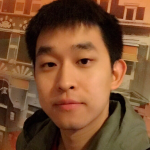
Technician

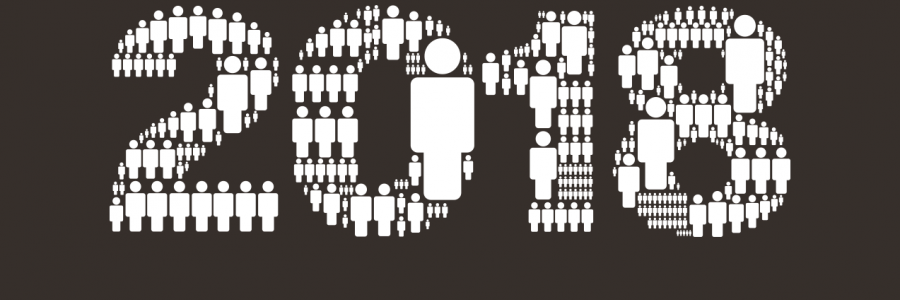
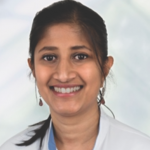


My research focuses on studying the topological organization of the human brain network, in health and disease. We map and study the human connectome, the ‘road map of the human brain’ and how complex brain function and disfunction may arise from the topological network properties of the human brain network. With my background I bridge psychology, neuroimaging, mathematics, informatics and medicine.
Postdoctoral researcher

Full Professor

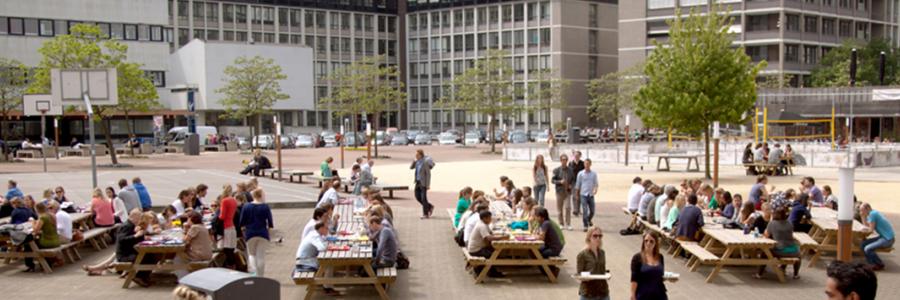





PhD student


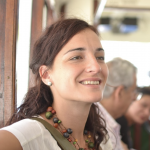
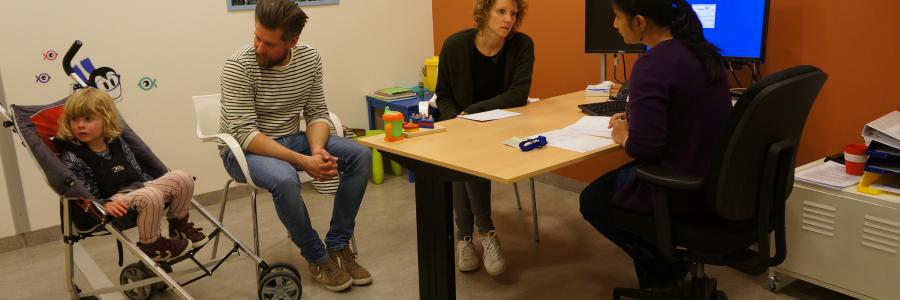
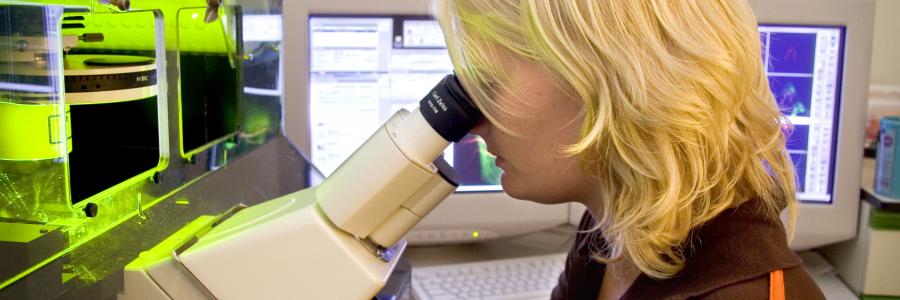


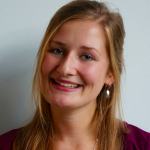
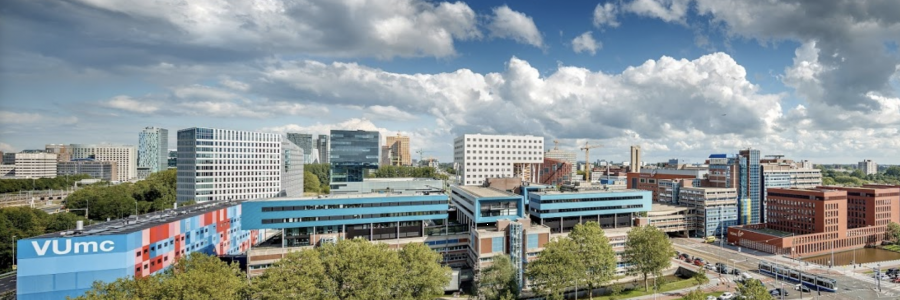
STXBP-Encephalopathy is a severe genetic disease. We, clinical and fundamental researchers at the VU University in Amsterdam, The Netherlands, work together to better understand STXBP1-E. We aim to improve diagnosis and therapeutic interventions, and to provide (animal and cellular) models to study the disease.
Assistant Professor


PhD student

Download summary statistics from GWAS led by our team here
Postdoctoral researcher

Use FUMA for post-GWAS functional annotation of genetic variants
KG-balie: multidisciplinair platform tussen kliniek en research.

Department of Functional Genomics participates in the Museum Night of Amsterdam at NEMO Science Centre
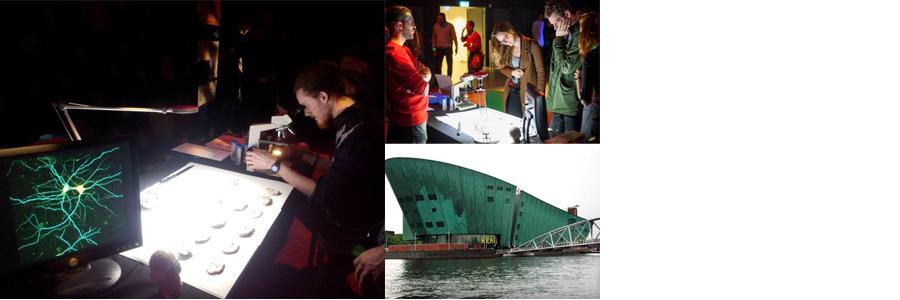
Myths about the brain are still everywhere in the 21st century. They can be found in Hollywood movies and self-help books. No matter how popular these ideas about the brain are most of the time they are based on misinterpretations of neuroscientific findings.

The HBP aims to put in place a cutting-edge, ICT-based scientific Research Infrastructure for brain research, cognitive neuroscience and brain-inspired computing. The Project promotes collaboration across the globe, and is committed to driving forward European industry.


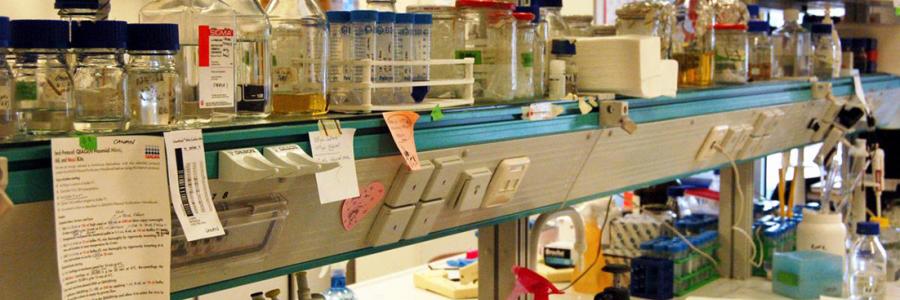
Overview of MCN teams and their research
In recent years genetics studies have uncovered many genes associated to risk for various brain disorders. This brings the challenge to identify the function of a substantial number of these genes in a neuronal context. In particular, robust standardized screening tools are necessary for cellular gene function analysis.*
*
*
High-content screening (HCS), also known as Cellomics, is a microscopy-based method to study gene function or alterations in cellular phenotypes in response to experimental manipulation or treatment.
Dedicated HCS instruments, such as the Cellomics ArrayScan VTI and the Opera LX used by us, allow for high-throughput analysis of cells in 96- or 384-well plates and support unbiased and automated image acquisition and analysis. HCS is therefore particularly useful for high-throughput compound and RNAi screens.*
*
*
To study neurodevelopmental phenotypes we combine HCS with cultured primary embryonic rodent neurons or iPSC-derived human neurons. We perform both RNAi screens and compound screens and have developed a dedicated image analysis pipeline to extract up to 40 HCS parameters associated with neuronal network development and connectivity.
MCN teams aim to understand the neurobiological mechanisms of learning and memory.
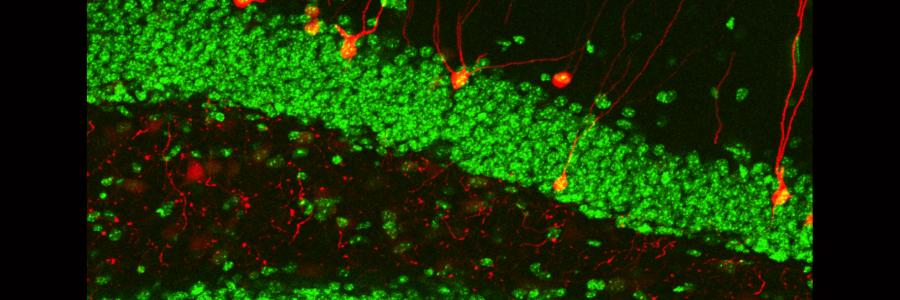

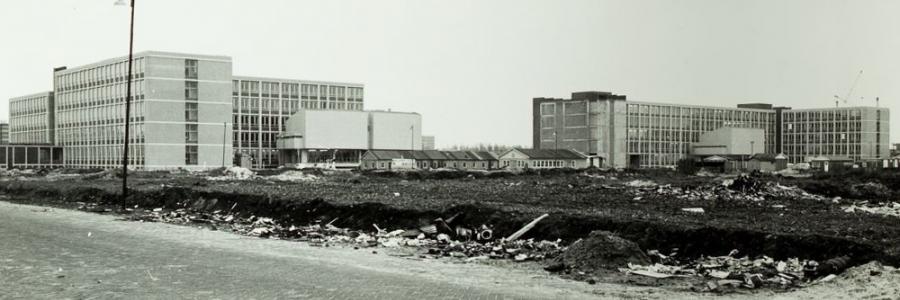
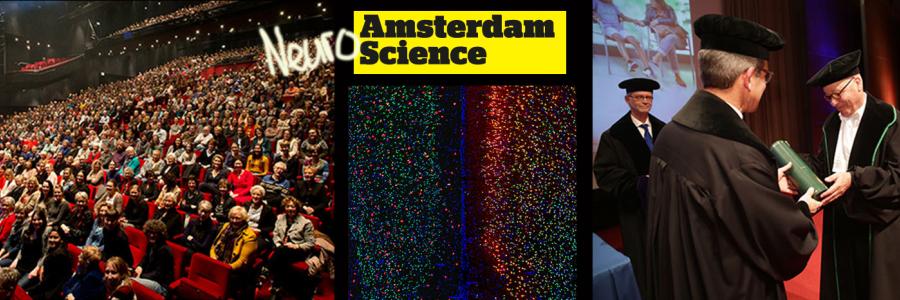
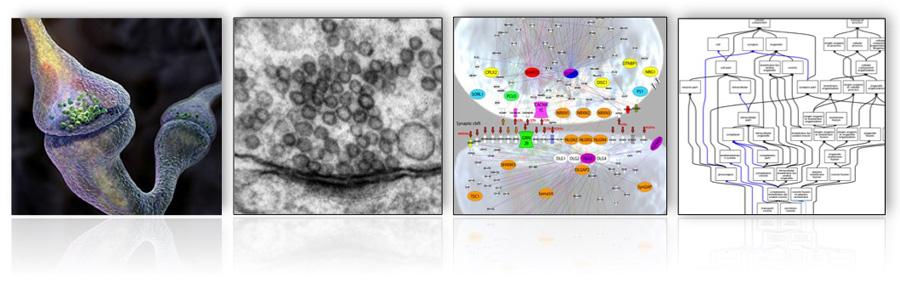

We study depression, substance use disorders (addiction), pathological fear memories and schizophrenia
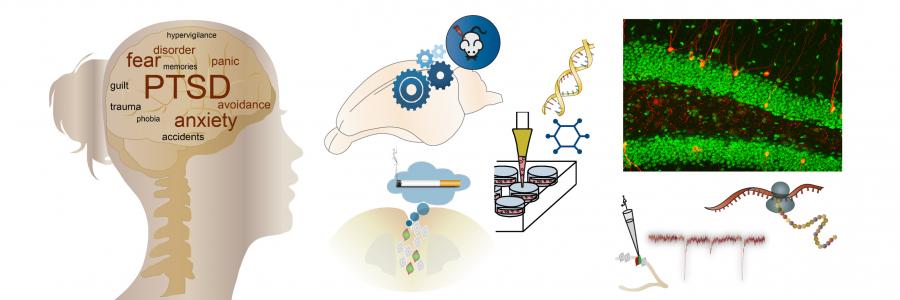
We study dementias, such as Alzheimer's disease and frontal temporal lobe dementia
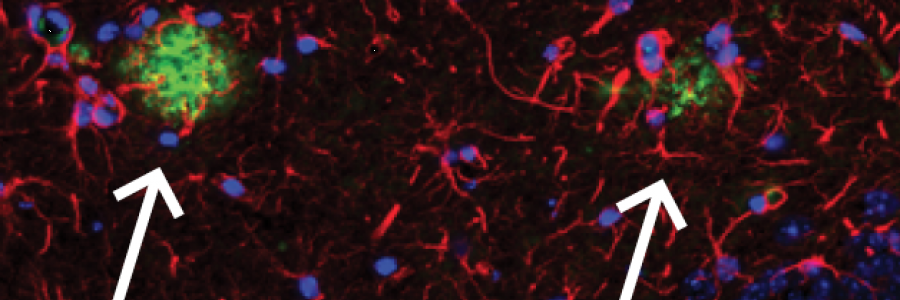
At the synapse we strive to understand the function of proteins underlying transmission and plasticity
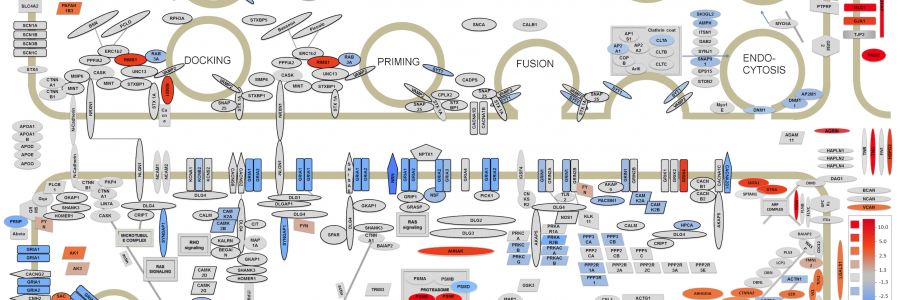
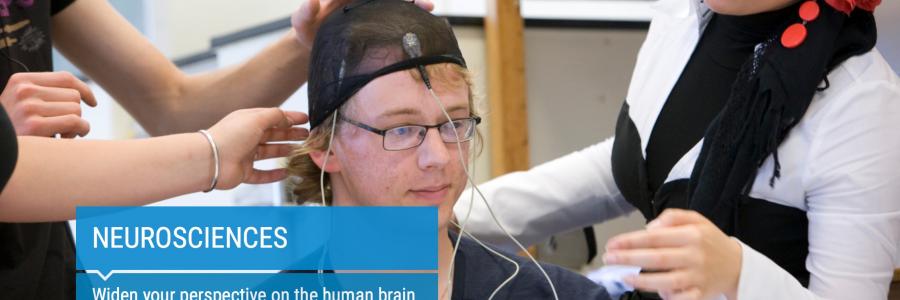

Assistant Professor

MCN lab 2016


I aim to mechanistically understand how assemblies of synaptic proteins contribute to synaptic plasticity in health and disease
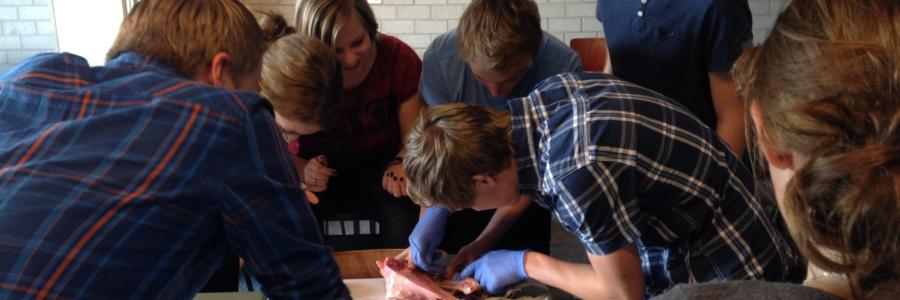

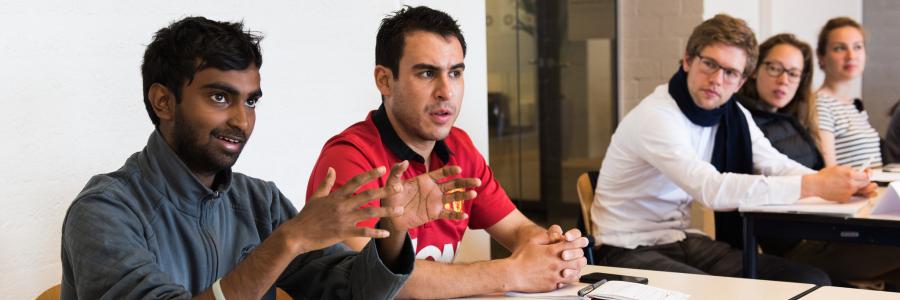

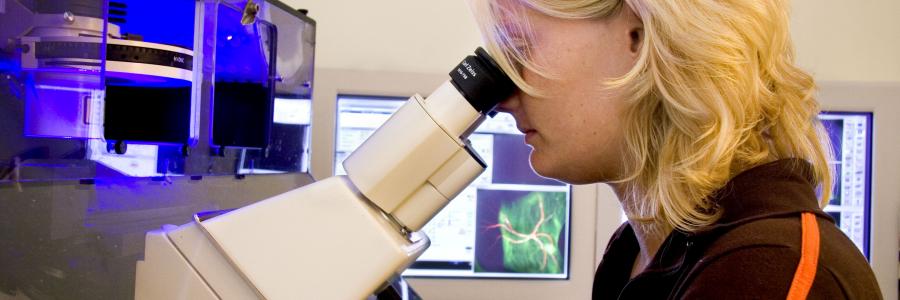
Postdoctoral researcher
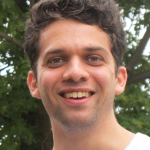
Associate Professor
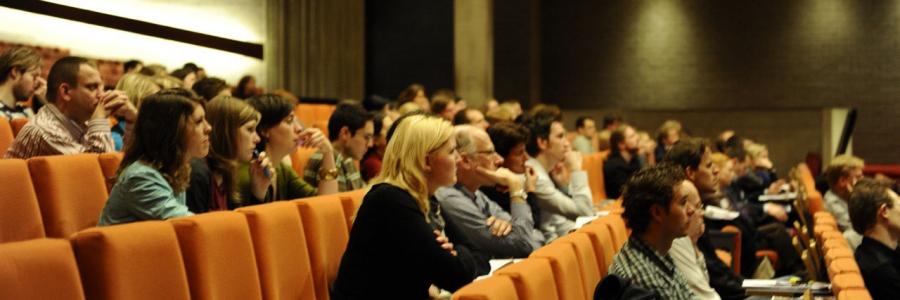
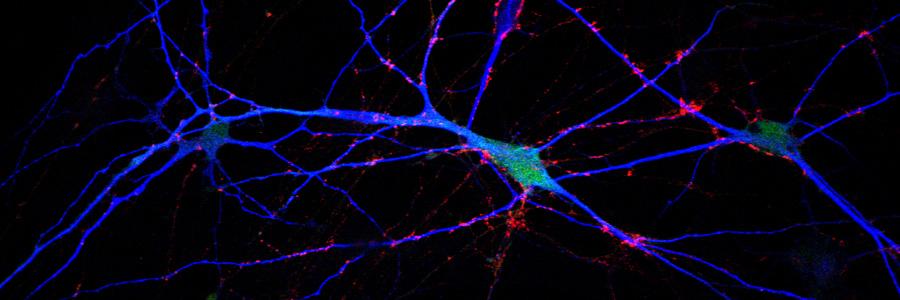
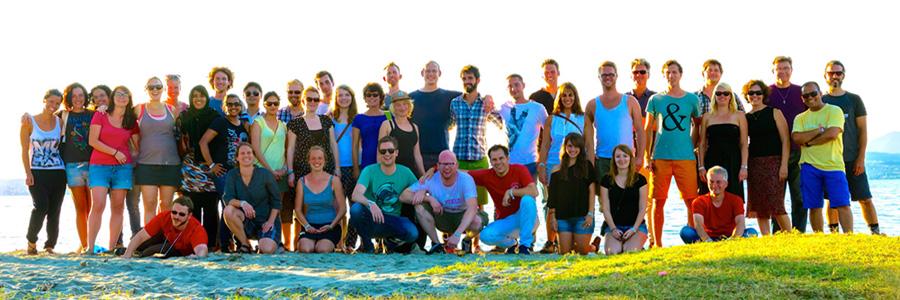
A virtual reality experience showing how neurons secrete neuropeptides to influence our development, behavior and emotions

Information about valorization
Here you find the contact information for transmission electron microscopy (TEM) support.
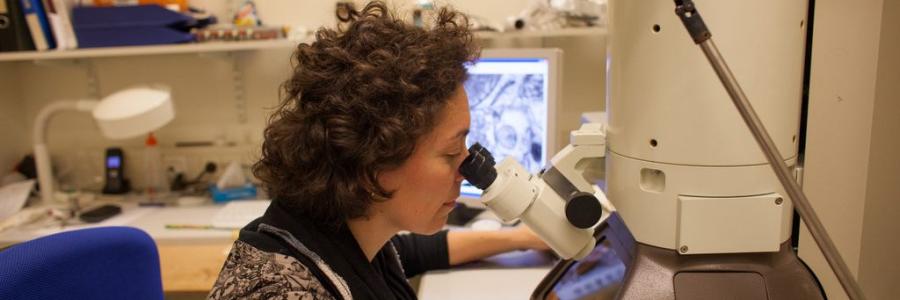
Assistant Professor

We study the interactions between neurons and glial cells, both in the healthy brain and in the context of neurological diseases. In particular we focus on the white matter disease MLC, a disease characterized by dysfunctional astrocyte water and ion homeostasis leading to chronic white matter oedema. Our team is embedded in both the VU University medical center (Department of Childhood Neurology headed by Prof. Marjo van der Knaap) and the CNCR (Department of Integrative Neurophysiology headed by Prof. Huibert Mansvelder).
The Vision and Cognition group is led by Pieter Roelfsema, also director of the Netherlands Institute for Neuroscience. Research of this group is directed at understanding cortical mechanisms of visual perception, memory and plasticity. One of our goals is to create a visual cortical prosthesis to restore vision in blind people.
We want to understand how events at the synaptic and cellular levels are involved in behaviour. To reach this goal, we take a multidisciplinary approach in which we combine electrophysiological recordings and imaging from single neurons and networks of neurons with behaviour. By using molecular interventions, optogenetics and assessing the consequences at different levels of organization, we try to get an understanding of the causal relationships between activity of synapses, neurons, neuronal networks, and cognitive behavior. In collaboration with the Neurosurgery department at the VU medical centre, we study the function of human neuronal circuits to test whether basic principles discovered in rodents hold in human cortical microcircuits.
Research in this group aims at elucidating underlying biological pathways of brain-related traits and translating these to modifiable targets that can aid in treating brain disorders. We integrate knowledge from different fields, including psychiatry, genetics, neuroscience, machine learning, bioinformatics and mathematics.
Assistant Professor


Our group investigates how genes influence economic behavior, and how insights into the genetic architecture of behavioral outcomes can inform social and medical research. We use big data, powerful computers, and advanced quantitative methods for our interdisciplinary work.

Homepage of Complex Trait Genetics Lab
Full Professor
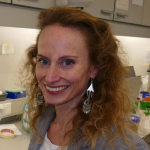
Expert curated gene-sets that can be used for gene-set analysis.
Use Prob2plinkbig to convert large MACH probability files to PLINK dosage files.
Use TATES for multivariate GWAS based on P-values from GWAS.
Use JAMP for multivariate GWAS analysis, based on raw genotypic data.
CTGlab hosts the VU stem cell lab to generate iPSC derived nerve cells that can be used to study cellular function important for disease.

Postdoctoral researcher

Postdoctoral researcher
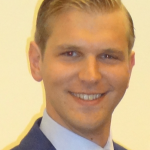
MAGMA is a tool for gene analysis and generalized gene-set analysis of GWAS data. It can be used to analyse both raw genotype data as well as summary SNP p-values from a previous GWAS or meta-analysis.
PhD student
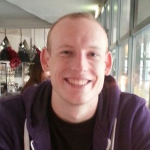
Endowed professor

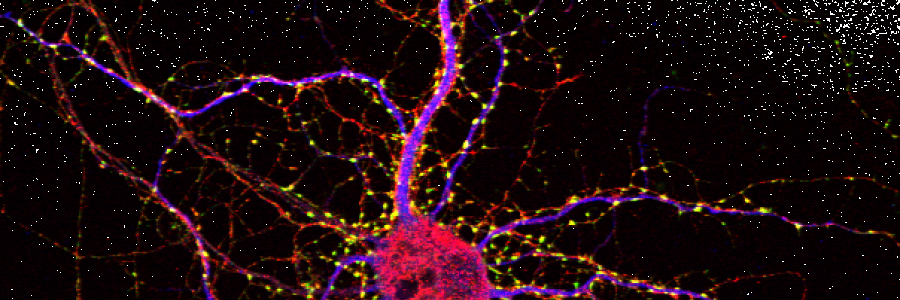
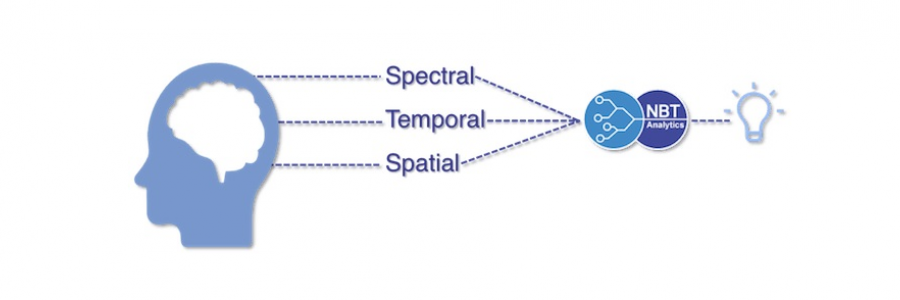
While twin- and family studies have shown that many traits are considerably heritable, the role of specific genes in heritable traits remains poorly understood and genes that are identified, only explain a small portion of the trait variance. The focus of this group is on modeling complex and dynamic traits in such a way that the probability to uncover the genetic basis is maximized.
Alzheimer’s disease (AD) is the most common cause of dementia, however, effective treatment or prevention of the disease is not available to date. The aim of our work is to identify early factors that drive the pathogenesis in sporadic AD. We employ different disease models and post-mortem brain material to investigate molecular pathways leading to AD pathology.
My research group aims to uncover the molecular mechanisms involved in membrane trafficking and recycling in synapses at nanometer resolution. We study of the transport, docking and fusion of secretory vesicles and the sorting of critical synaptic proteins through endosomes. Endosome recycling is important for the maintenance of basic neurotransmission, but it is also highly dysregulated in neurogenerative diseases such as Alzheimer’s disease. We aim to understand the causal relation between disease progression and the disruption of the endolysosomal pathway.
Full Professor

Head of Neurospector
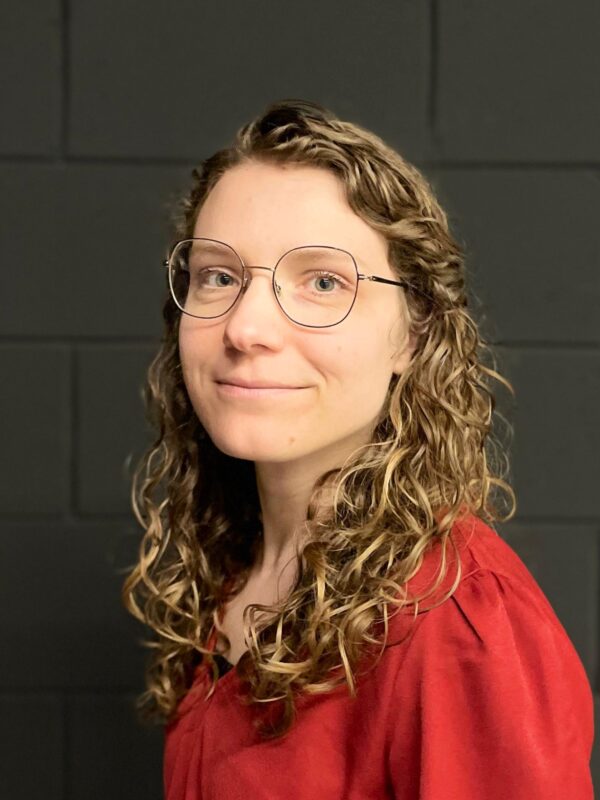
Postdoctoral researcher

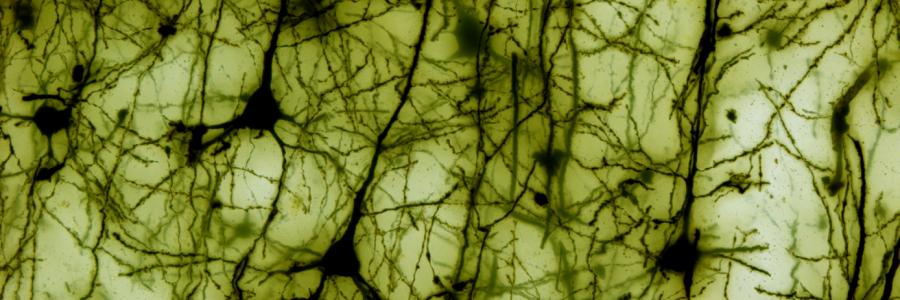

Use JAG for gene-set analysis in GWAS datasets.
Assistant Professor

Assistant Professor

The goal of my team is to gain mechanistic insight into the neural circuitry, cells and molecules that support persistent memories of negative and positive experiences.
Assistant Professor

The Neurophysiological Biomarker Toolbox for research on human brain function
Endowed professor

Endowed professor
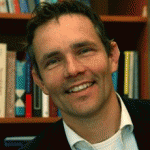


Assistant Professor

Associate Professor
CTGlab has initiated data collection of two large scale cohorts: NESCOG and ‘BinnensteBuiten’, and is partner in the ID1000 sample collection of the Spinoza Centre, where it is responsible for genetic analyses.
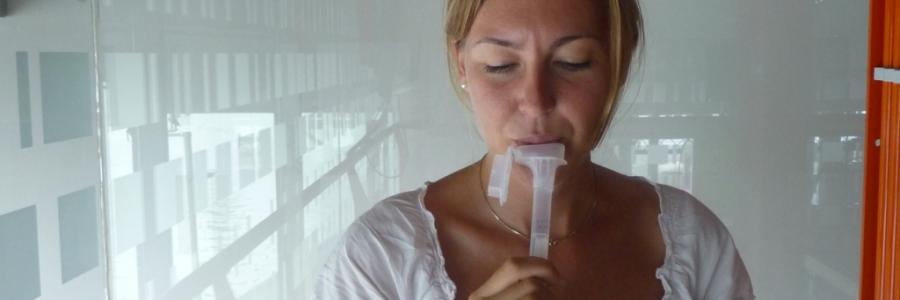
CTGlab directs the Dutch Genetic Cluster computer, which provides computing power to hundreds of genetic researchers.
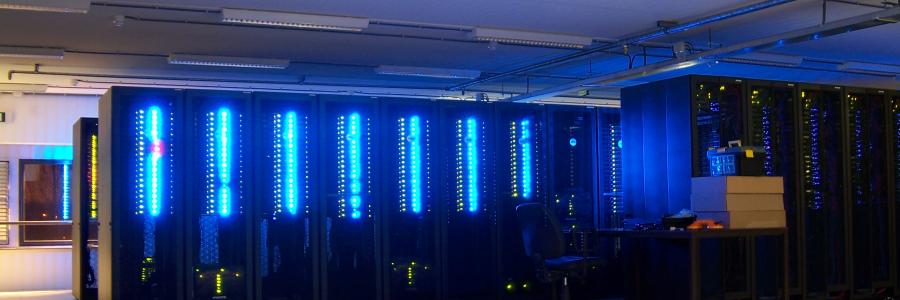
Research projects in CTGlab have a strong focus on developing novel statistical tools to benefit from available genomics datasets and aid in detecting genetic pathways underlying disease.
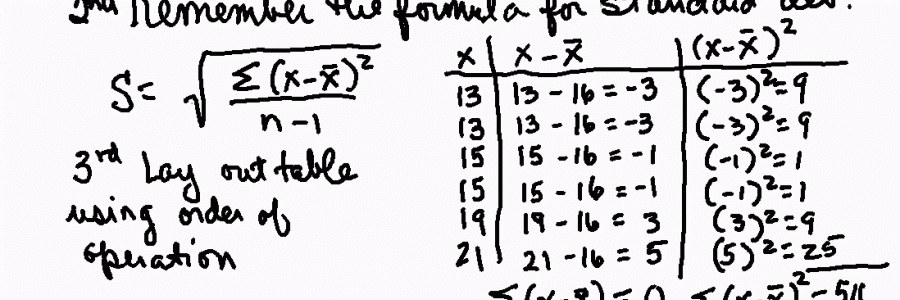
A major theme in our group is to understand underlying causes of psychiatric traits.

CTGlab combines brain imaging and genetics to understand how genetic variation in genes or pathways influences cognitive and psychiatric phenotypes by altering brain structure or function.

Several research projects at CTGlab focus on optimizing methods to define and model the effects of biological pathways on complex traits.
Bachelor and Mastercourses in Genetic neuroscience
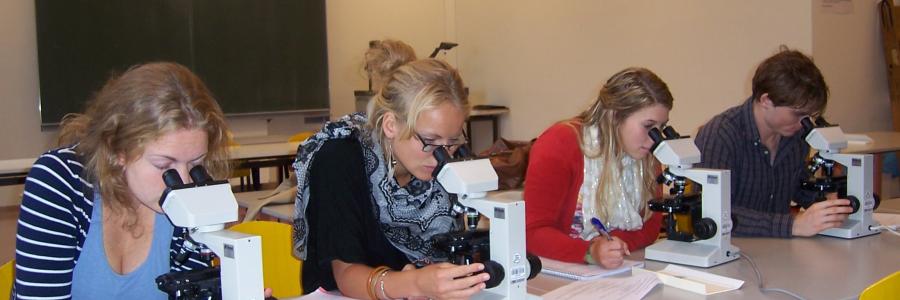
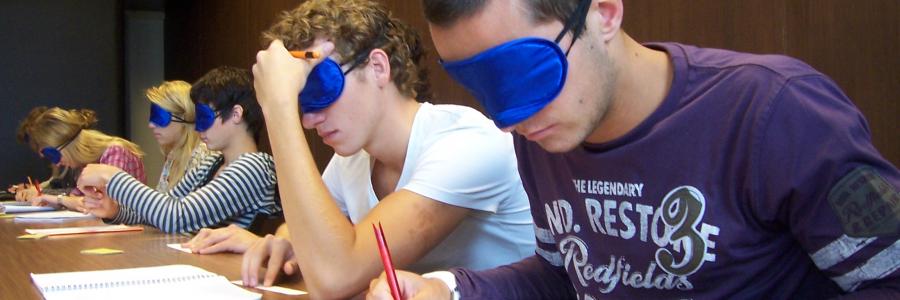
News items for Complex Trait Genetics Lab


Could not find page


Vacancy for PhD position in Glial Regulated Neuronal Plasticity

Technician

Technician

Technician

Technician

Full Professor

Management Support






Technician

Technician

Technician

Postdoctoral researcher




Technician

Full Professor
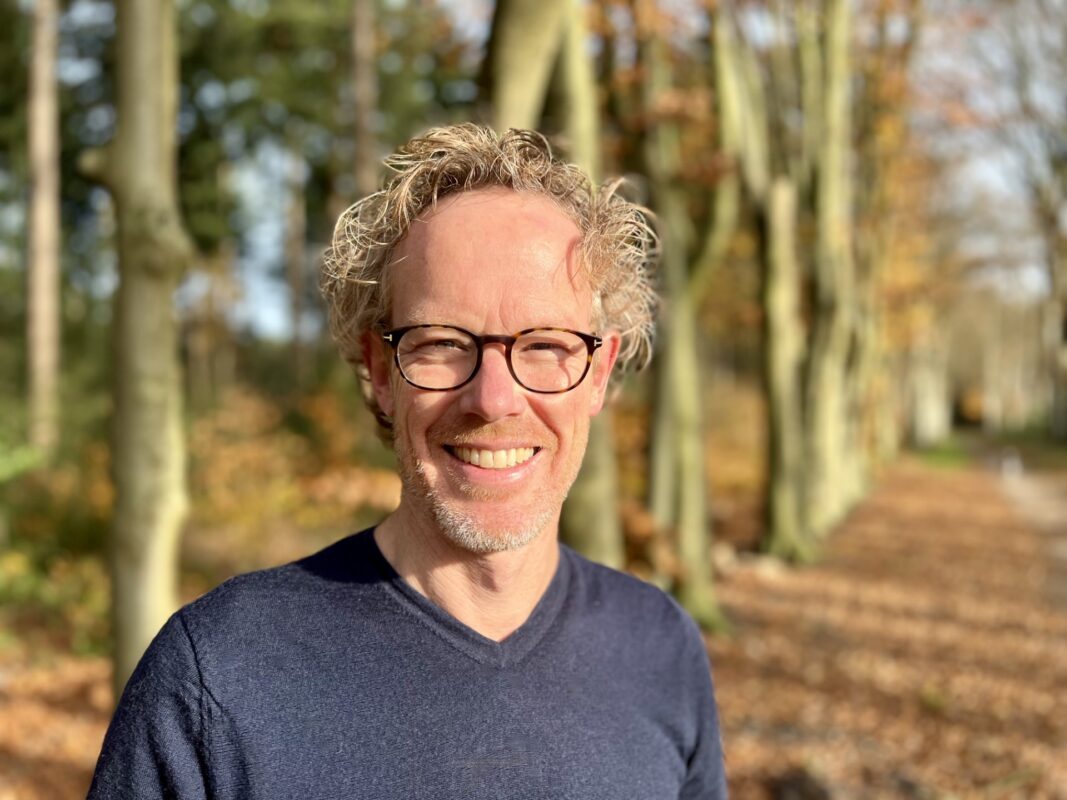

Assistant Professor


PhD student

Full Professor

Technician

Associate Professor
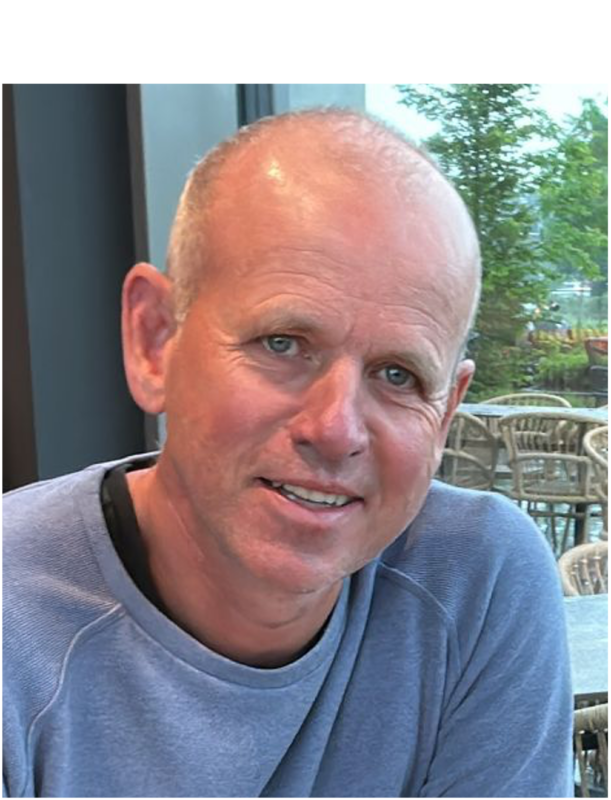
Full Professor

Associate Professor
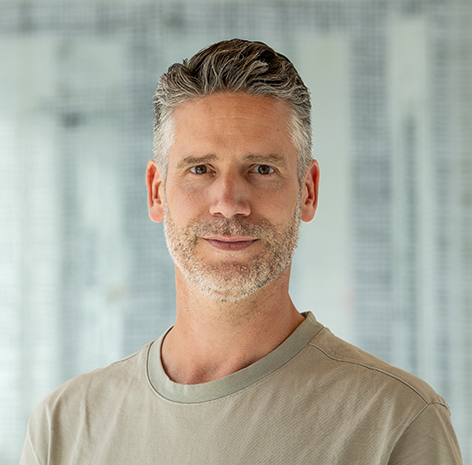

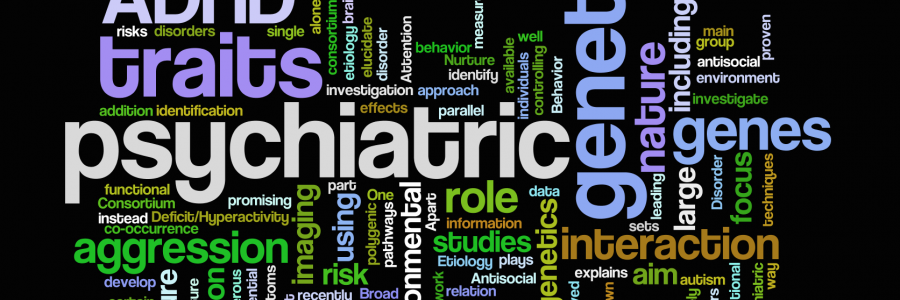
Associate Professor

Full Professor
Head of department


Search people in the VU directory
Use of the website of VU University Amsterdam and the associated Internet sites of institutions over which VU University Amsterdam has direct or indirect control (hereafter to be referred to collectively as ‘the institutions’) is subject to the following conditions and restrictions.

The overall objective of the Laboratory for Neuroregeneration is to unravel the biological mechanisms that govern successful regeneration in the PNS and that underlie degeneration and regenerative failure in the CNS. The primary long-term research objective is to make significant contributions to the field of restorative neuroscience and neurology.
The focus of my team is on cognition and how it is affected by neuropsychiatric ailments, such as depression. We study maladaptation of synapses and circuitry brought about by unique molecular signatures in hippocampus and prefrontal cortex.
The Sleep & Cognition group of Eus van Someren and Ysbrand van der Werf works at several locations, including their home base of Netherlands Institute for Neuroscience (KNAW), the VU University (FALW-Integrative Neurophysiology), the VUmc (Dept. Anatomy and Neurosciences) and the Leiden University Medical Center (Sleep Center Leiden). Against the background of their 24-hour rhythm, driven by the circadian clock of the brain, sleep and wakefulness show a mutual dependency.
Tinca Polderman has left the CTG lab in April 2020, and works now in Child and Adolescent Psychiatry in Amsterdam. E: tinca.polderman@amsterdamumc.nl

We aim to understand the role of neuronal oscillations for cognition in health and disease.
We study how individual cortical neurons encode sensory stimuli and how sensory representation is affected by behavior. The rodent barrel cortex is an excellent system to study these questions since the individual sensory organs (facial whiskers) are represented by easily identifiable cortical columns. Additionally, our group is part of an international effort to understand human brain function at (sub)cellular resolution.
Our goal is to understand the specific molecular, cellular and network adaptations that occur in the brain in the earliest stages of Alzheimer’s diseasse, and to test how these adaptations can be used for early disease diagnosis and intervention.
To process information the brain is constantly changing the strength of individual contacts (synapses) between nerve cells. Strict control of synaptic plasticity is important, as dysregulation of this process is often associated with neurological and psychiatric disorders. The main goal of the lab is to advance our understanding of the mechanisms that support synaptic plasticity and their dysfunction in disorders such as Alzheimer’s, epilepsy, schizophrenia and autism to provide novel treatment options and therapeutic targets.
Our research aims to discover new glial-based mechanisms of information processing in the brain in health and disease, with a focus on the role of astrocytes in the regulation of myelin and synaptic plasticity.
Although a glial component in neurological disorders is increasingly appreciated, we still lack proper understanding of neuron-glia communications. Our goal is to identify and describe glial defects in neurodevelopmental disorders, and to perform proof-of-concept studies for glial-targeted therapy strategies using advanced stem cell technologies.
Synapses are the basic units of computation in the brain. In my team we study the computational properties of synapses in health and disease. We use physiological- and genetic perturbation experiments and computational modelling in an iterative cycle to study synaptic principles.







Could not find page
Full Professor
Head of department

Full Professor
Head of department

Full Professor
Head of department
